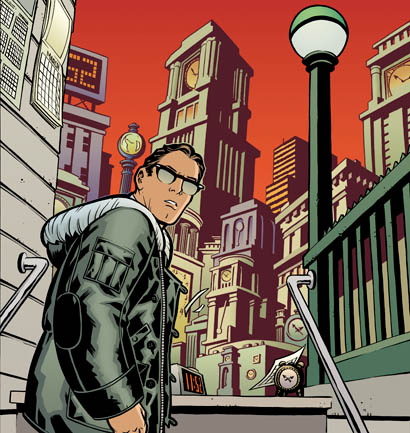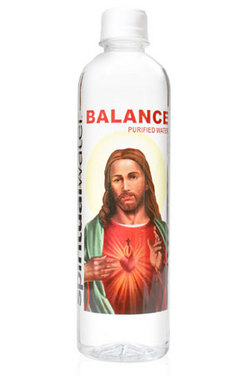
As a longtime fan and creator of comic books, I’m sad to say that 2007 was an uneven year for the medium. Comics have enjoyed a rising profile in Hollywood and among critics, but this seems to have provided diminishing returns for the books themselves. Still, there were high points this year—especially these five:
5. The Salon by Nick Bertozzi
In The Salon, the world of master artists Gauguin, Picasso, and Matisse is made into a whodunit where absinthe is as much a tool for inspiration as it is a murder weapon. Ingenious and inventive, Bertozzi chases the green fairy and captures her magic.
4. Mouse Guard by David Petersen
Remarkable in its art and vision, Mouse Guard demonstrates that epic drama can be wrought from the most unlikely of places. A sect of warrior mice must defend their land from threats both without and within. Part Redwall and part Arthurian legend (with a splash of low-tech Star Wars swashbuckling, too), it works as well for adults as it does children, emphasizing issues of loyalty, dedication, and community.
3. Captain America by Ed Brubaker and Steve Epting
It’s an all-too-common superhero plot device: resurrecting the self-sacrificed. Superman’s much-publicized death-and-return had a strongly Christological overtone (as Superman always does), but Wonder Woman, Iron Man, Spider-Man, Green Arrow et al have followed suit, which has cheapened death’s sting in comics. This assassination of Captain America, though, brought much of it back, a reflection in no small part of America’s current polarized tension. Branded a traitor, jailed, unmasked, and publicly marched in shackles, the legend whom no Nazi artillery could injure nor any supervillain could vanquish is felled by a bullet on his native soil. The most powerful use of the genre’s mythic resonance this year.
2. Lost Girls by Alan Moore and Melinda Gebbie
Call it erotica or call it pornography: Godfather of comics Alan Moore once again delivers a work that should be called nothing other than brilliant. He explodes the myths of childhood asexuality and raw innocence by going after literary childhood fiction itself. Post-Oz, post-Wonderland, and post-Neverland versions of Dorothy, Alice, and Wendy, respectively, fall into lives of sexual and philosophical exploration. Not for the squeamish, obviously, but challenging and rewarding for anyone willing to step through this visual looking glass.
1. Doctor 13: Architecture and Mortality by Brian Azzarello and Cliff Chang
This team of DC Comics has-beens, also-rans, and sheer oddities –- really obscure characters like whiz kid Genius Jones or the Primate Patrol -– have more to worry about than life and death. They’re on the verge of non-existence. Their publisher has “rebooted” the universe again to keep heroes young and histories streamlined -– because who would read about an octogenarian Superman with too many years of backstory? In the revamp, this band of oddballs has fallen through the “new” reality’s cracks, a metaphysical crisis exploited brilliantly by Azzarello and Chiang. This sharp satire on superhero publishers not only delivers “Being John Malkovich”-like angst but also colorful pages of non-stop fun!
(Incidentally, 5-11, in order: DMZ: Friendly Fire, Grant Morrison’s combined work on both Batman and All-Star Superman;, Astonishing X-Men; Doktor Sleepless; India Authentic; and Dark Tower: The Gunslinger Born.)
— written by A. Dave Lewis


